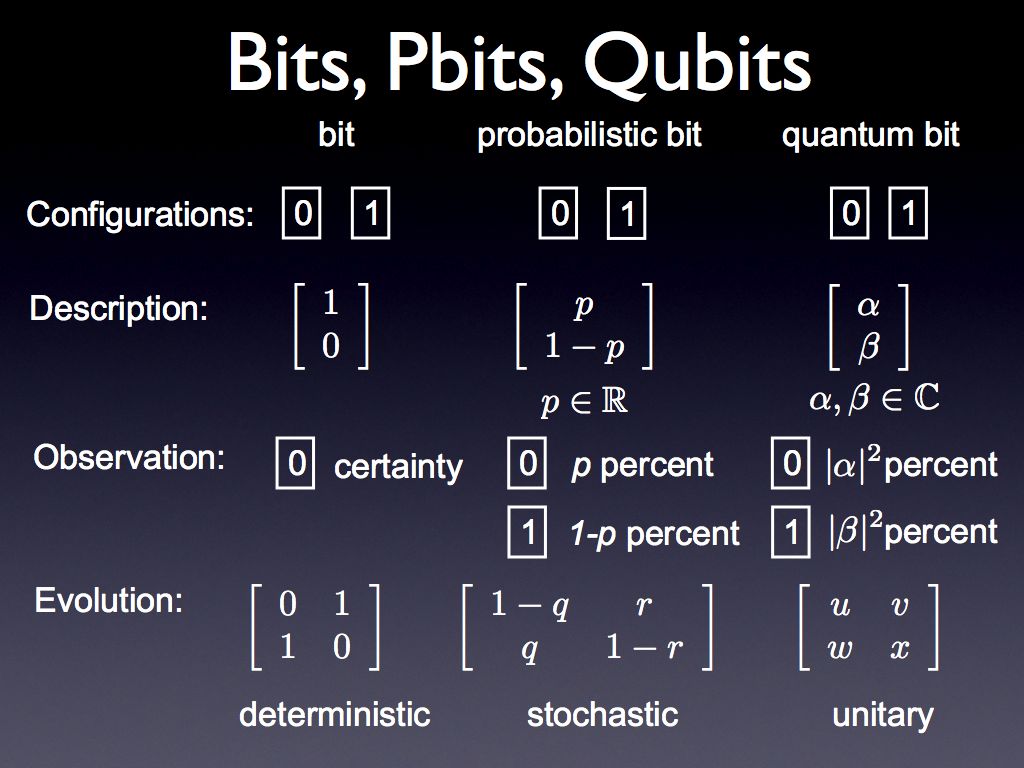
Quantum Computing Demystified: The Essential Math
Quantum computing still feels mysterious to many, but at heart it uses beautifully simple math ideas—once you get used to them!
1. Qubits: More Than 0 or 1
Imagine a spinning coin: Before it lands, you don’t know if it’s heads or tails—it’s kind of “both.” A qubit is similar:
- A regular bit is strictly 0 or 1.
- A qubit can be both 0 and 1 at the same time (a “superposition”).
In math form:
|ψ> = α|0> + β|1>
| where alpha and beta are numbers that show “how much” the qubit is in state | 0> and | 1>. |
2. Entanglement: Qubits Acting Together
Entanglement is like two magic coins you flip at the same time. If one lands heads, the other is guaranteed tails (or vice versa). They’re linked, even if separated. An example is the “Bell state”:
| (1 / √2) * ( | 00> + | 11>) |
Translated loosely:
- Each qubit is not just 0 or 1, but they act as a single unit.
- Measuring one qubit instantly tells you the state of the other.
3. Quantum Gates: Transforming Qubits
Think of quantum gates like instructions in a recipe:
-
X Gate (like a NOT): Flips 0>↔ 1>. -
Hadamard (H Gate): Creates a superposition if starting from 0>. -
CNOT (Controlled NOT): Operates on two qubits: if the first qubit is 1>, it flips the second qubit.
They’re special because they must keep track of probabilities correctly (they’re “unitary” operations).
4. Quantum Algorithms: Simple Insights
Grover’s Algorithm helps find a needle in a haystack about √N times faster than classical searching. It’s like shaking all the “hay” in parallel and letting the item you want stand out more and more after each shake.
Shor’s Algorithm can factor large numbers surprisingly quickly—threatening normal encryption (RSA). That’s why big companies and governments are watching quantum computing closely!
Why It Matters
- Superposition: A qubit can represent multiple possibilities at once.
- Interference: Quantum effects can magnify the right answers and reduce the wrong ones.
- Entanglement: Qubits can be tied together in ways no classical system can match.
Though today’s quantum computers have limited power and can be noisy, these concepts promise amazing future applications—from speeding up searches to cracking tough math problems.
Getting Started
- Brush up on linear algebra (matrices and vectors).
- Review complex numbers—those “i” and “√(-1)” might pop up!
- Understand probability (we talk about measuring states in terms of odds).
- Dive into basic quantum gate ideas: how they flip and combine these qubits.
Quantum computing isn’t “magic.” It’s math that looks magical until you get familiar with it—like learning chord progressions on a guitar. With some practice, you’ll see how the notes fit together.
“If you think you understand quantum mechanics, you don’t understand quantum mechanics.”
— Richard Feynman
(But it still helps to learn the basics!)
